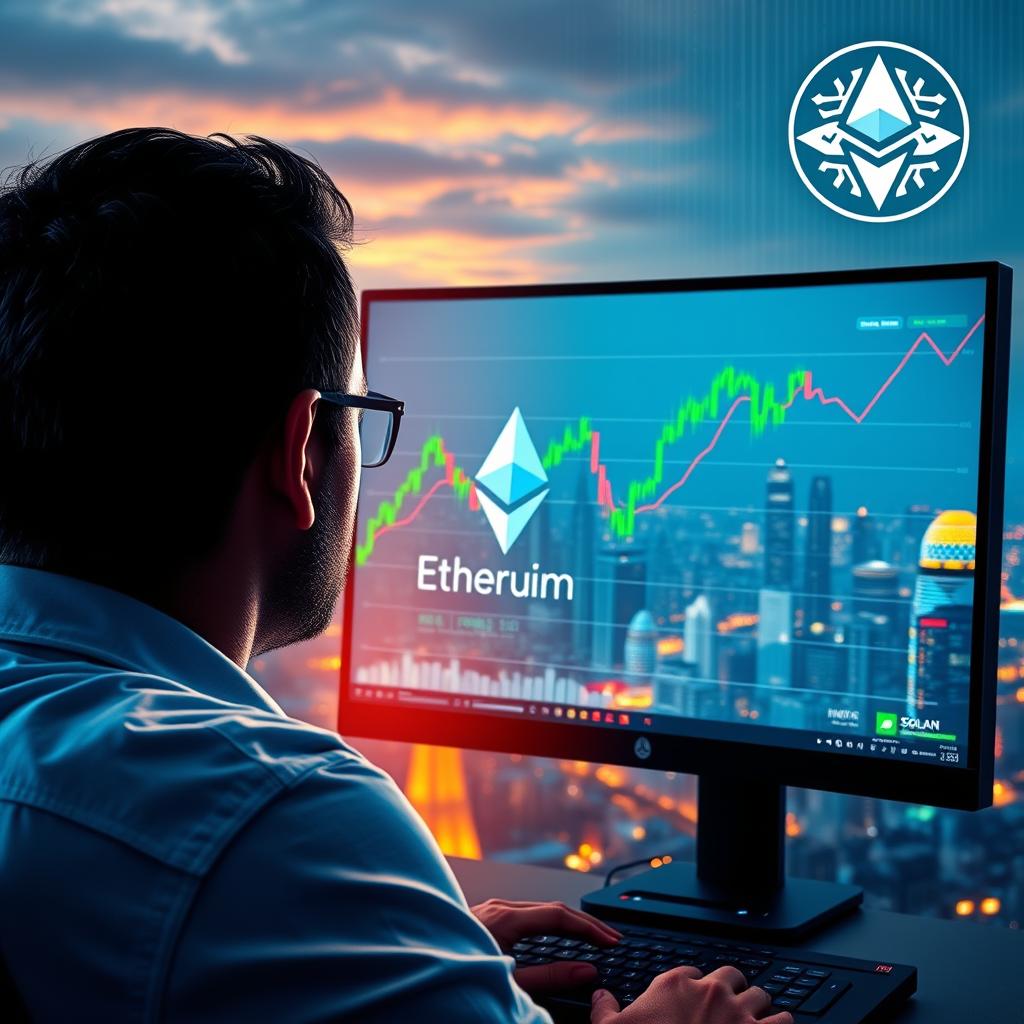The Rise of Layer 1 Blockchains in the 2024 Bull Run: A Comprehensive Analysis
The cryptocurrency market has witnessed a significant surge in the value of Layer 1 (L1) blockchains, with the collective market capitalization exceeding $2.8 trillion as of November 29, 2024. This milestone comes on the heels of Donald Trump’s election victory, which has reignited enthusiasm within the crypto space. In this analysis, we will delve into the key factors contributing to the rise of L1 blockchains, their performance beyond mere price action, and the prospects for the future.
L1 Blockchains: Market Performance and Gains
The price of L1 blockchains has surged an astonishing 7,000% since January 2024, with Bitcoin (BTC) accounting for nearly 70% of the market share. Ethereum (ETH) has also seen significant gains, with over 34% increase in value, trading at $3,630. Other L1 platforms, such as Solana (SOL), Cardano (ADA), Hedera (HBAR), and Mantra (OM), have also shown exceptional performance, with gains ranging from 40% to 6,000% since January.
Total Value Locked (TVL) as a Barometer of Adoption and Utility
Total value locked (TVL) serves as a barometer of trust and activity within a blockchain ecosystem. Ethereum remains the unchallenged leader in this space, boasting over $70 billion in TVL as of November 29, a 44% increase from $47.5 billion on November 5. Lido (LDO), Ethereum’s premier liquid staking platform, accounts for nearly $35 billion of the network’s TVL. Solana has also shown notable progress, with its TVL climbing over 50% to $9.17 billion.
The Fee Race: Who’s Winning?
Blockchain fees have long been a vital metric for assessing the activity, utility, and adoption of L1 platforms. Solana has consistently outperformed Ethereum in daily fees throughout November, a massive milestone reflecting its growing adoption and increasing network activity. Ethereum’s relative decline in fee dominance is attributed to the growing adoption of layer 2 and layer 3 scaling solutions, which have lowered the fee burden on Ethereum’s mainnet.
The Current State of the dApp Ecosystem
The dApp ecosystem serves as the ultimate proving ground for L1 platforms, showcasing their ability to drive activity and engage users. Ethereum remains the heavyweight in DeFi, generating $175 billion in transaction volume across 4,844 dApps in the past month. BNB Chain has cemented its reputation as a retail-friendly ecosystem, processing $38.2 billion in volume from 5,555 dApps, while Solana dominates in raw activity, boasting 113.66 million unique active wallets.
The Road Ahead
The current bull market has thrust L1 blockchains into the limelight, highlighting both their strengths and vulnerabilities. Ethereum’s dominance in high-value transactions, Solana’s retail-driven activity, BNB Chain’s accessibility, Tron’s stablecoin specialization, and Cardano’s measured progress collectively illustrate a dynamic and evolving ecosystem. However, the path forward will hinge on how these platforms tackle key challenges, such as scalability, attracting and retaining developers, and steering off intensifying competition.
Predictions and Insights
Based on the analysis, we can draw the following conclusions:
- Ethereum’s dominance will continue, but with a shift towards L2 and L3 solutions: Ethereum’s price and TVL have surged significantly, but its dominance in high-value transactions is being challenged by L2 and L3 solutions, which offer comparable utility at a fraction of the cost.
- Solana’s retail-driven activity will continue to grow: Solana’s focus on high-frequency, low-cost interactions makes it a hub for speculative and experimental dApps, and its user engagement is expected to continue growing.
- BNB Chain will need to attract more high-value projects: BNB Chain’s accessibility and retail-friendly ecosystem have made it a popular choice for casual traders, but it will need to attract more high-value projects to regain momentum.
- Cardano will continue to show promise, but with a slow pace of development: Cardano’s focus on security and sustainability could attract developers and users over time, but its slow pace of development will hinder its progress.
In conclusion, the rise of L1 blockchains has been a significant phenomenon in the cryptocurrency market, with the collective market capitalization exceeding $2.8 trillion. The performance of L1 blockchains beyond mere price action, such as TVL and fee revenue, suggests a shift towards more utility-driven adoption. As the market continues to evolve, it will be essential for L1 platforms to tackle key challenges and adapt to the demands of an ever-growing global audience.




